CHRO, CPO among fastest-growing C-suite roles, new LinkedIn data shows
HR Brew
SEPTEMBER 30, 2024
Between 2022 and 2023, chief human resources officer (CHRO) was the third-fastest growing C-suite role on LinkedIn, according to an analysis of executives at S&P 500 companies and unicorn startups recently released by the company’s economic graph team.





























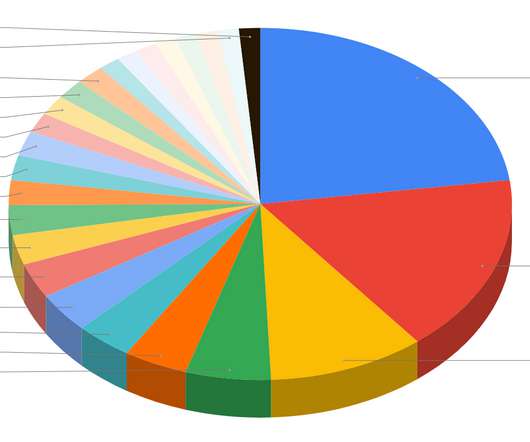




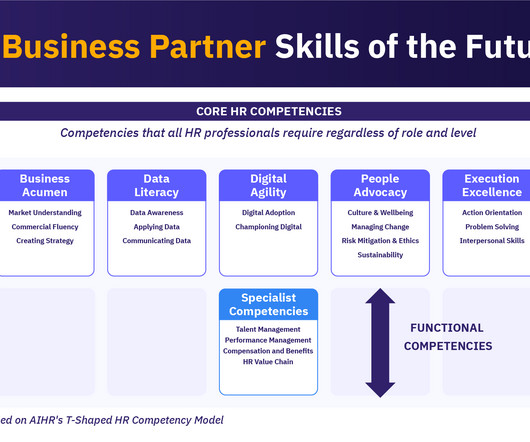
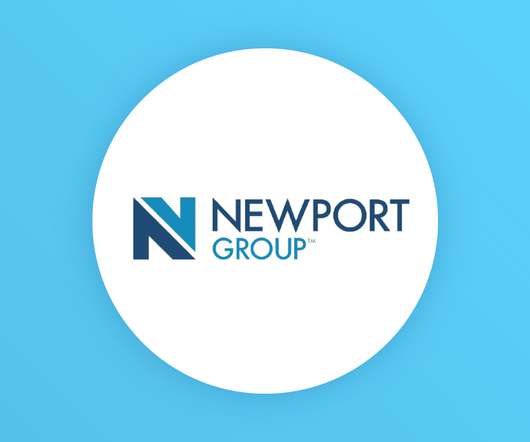
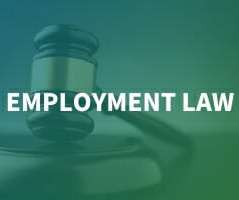


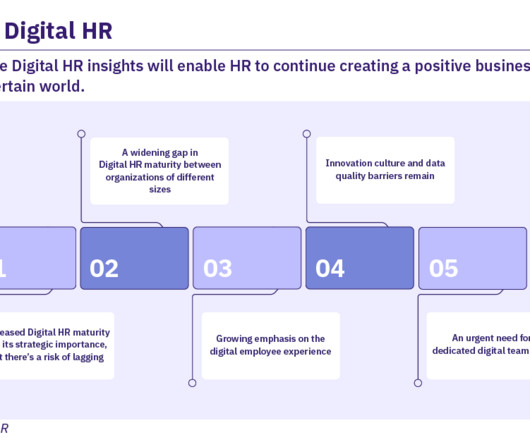



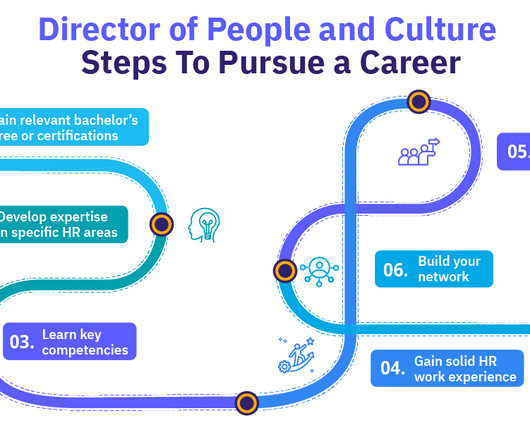










Let's personalize your content